Great white sharks are making their way up toward New Hampshire beaches as the peak of summer nears, and researchers are tracking their increasing numbers.
To keep New Hampshire beachgoers safe and to further great white research, receivers that detect sharks have been launched off the Seacoast.
Sign up for our Newsletters
News 9 joined a team that included a marine biologist from the University of New Hampshire, members of the Rye Fire Department and New Hampshire Beach Patrol as they placed the receivers in the water ahead of shark season.
“This is part of a program going up and down the coast and extending to the northern coast,” said Rye Fire Chief Mark Cotreau.
Cotreau said the tracking began about five years ago to protect New Hampshire beachgoers after a woman was killed by a great white in Maine.
“That was a wake-up call for us,” he said.
White shark season in New Hampshire starts in July and ends around November. Researchers said the sharks are looking for one thing.
“Food. They’re following food,” said UNH marine biologist Nathan Furey. “And the temperatures are warming up, so the temperatures get more amenable to them, as well.”
>> Download the free WMUR app to get updates on the go:
Apple
|
Google Play
<<
Five trackers are attached to bright orange moorings that cover Hampton, Wallis Sands, Foss, Cable, Sawyers and Jenness beaches.
“We’re simply going to attach this with the hydrophone end – the listening station – pointing down towards the bottom, towards the seabed,” Furey said. “We’re just trying to get that receiver far enough down in the water column so we avoid a lot of noise at the surface, because the tags on those sharks are acoustic tags. Those tags are sending out noise.”
The trackers provide useful information to safety officials in the area.
“It helps us with Hampton Beach being such a populated beach in the New Hampshire Seacoast in itself,” said Beach Patrol Chief Patrick Murphy. “It helps us to know when the sharks are moving through there and when the crowds are there.”
When a tagged white shark is close to a receiver, the receiver records the tag’s clicking pattern and logs the tag’s number.
“If we look at the number on this tag, it is 65069,” Furey said. “Each one is uniquely coded, so not only do we know whether it was a white shark vs. was it a striped bass, we would know which one.”
Last year, 11 great whites were detected 49 times off the New Hampshire coast. The Cable Beach receiver detected the most sharks, and the average size of the sharks was 10.3 feet.
While the research begins out in the ocean, it continues on the UNH campus. Furey brings back the receivers and analyzes the data they collected.
After reviewing the data, which is shared with the Atlantic White Shark Conservancy, Furey said the great whites are using the New Hampshire coast like a highway on the way to find food.
“They seem to just be cruising by, spending less than an hour, generally, in our waters, but that does tell me these New Hampshire waters are probably just a habitat for these animals to pass through, rather than hang out and spend a lot of time at,” he said.
The data from the shark trackers
can be found online
.
>>
Subscribe to WMUR’s YouTube channel
<<
TOP STORIES FROM WMUR:
Standoff over after police officer seriously hurt in encounter with man in Francestown
New Hampshire investigators use DNA testing to determine identity of woman found dead in 1974
UNH joins settlement, can pay student-athletes directly starting next school year
Executive councilor raises questions about bail in connection with Berlin murder-suicide
Biden’s former doctor refuses to answer questions in House GOP probe
Texas inspectors approved Camp Mystic’s disaster plan 2 days before deadly flood, records show
READ THE FULL STORY:
As summer nears peak, great white sharks travel through NH waters
CHECK OUT WMUR:
Get the top New Hampshire news of the day. With the latest Manchester news, weather and sports, WMUR is your local news leader.

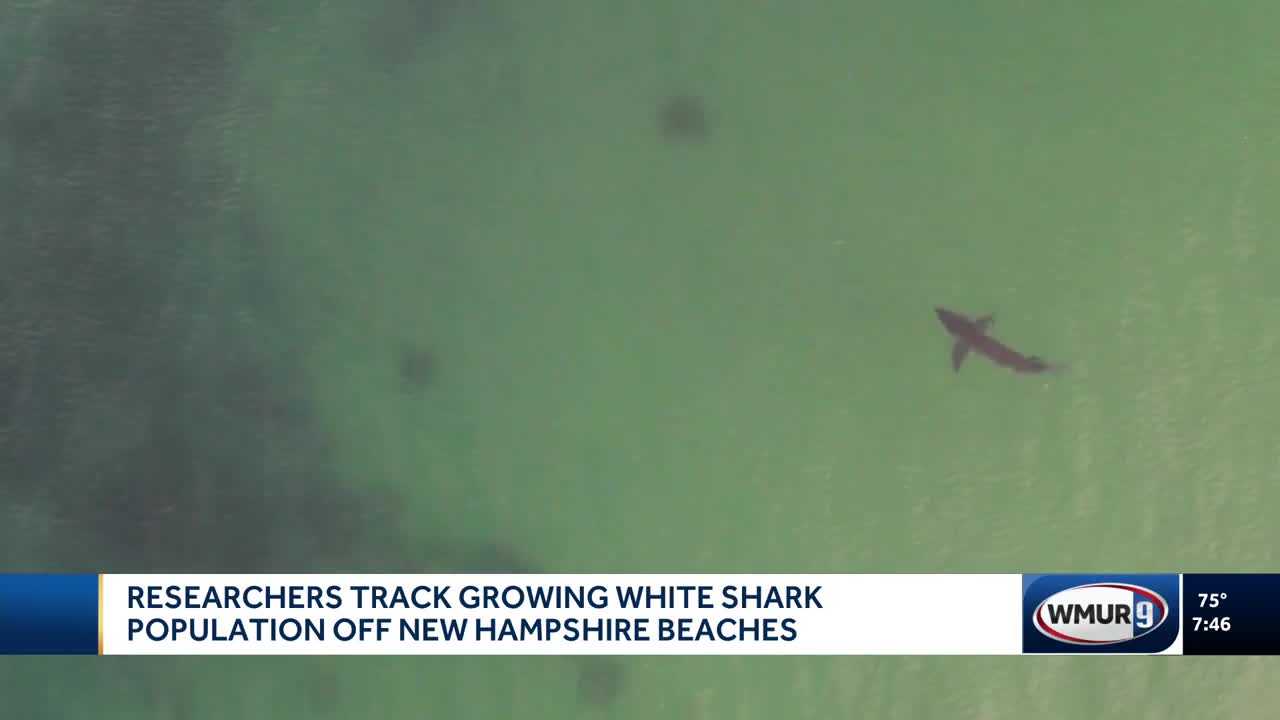

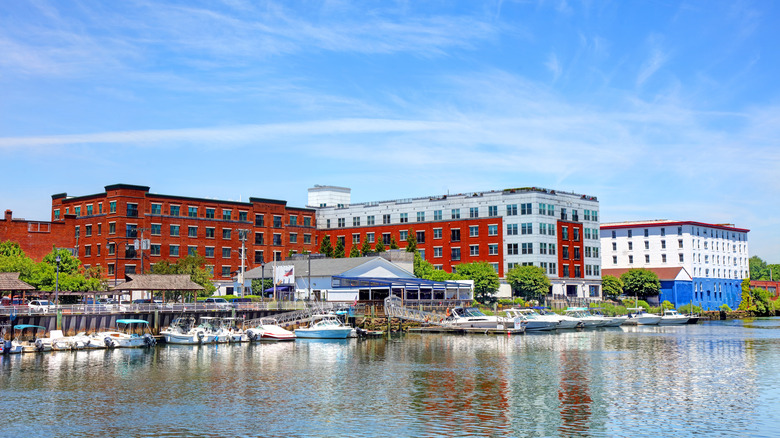



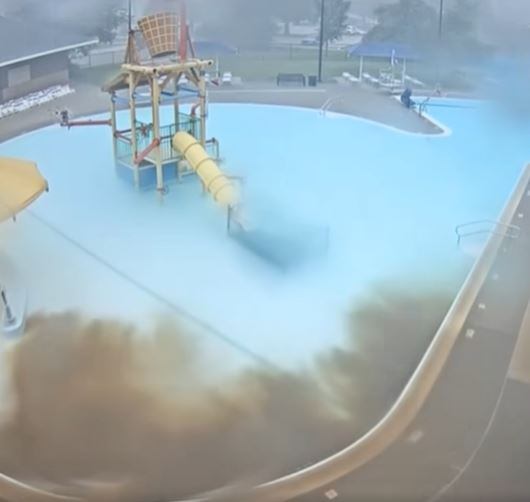


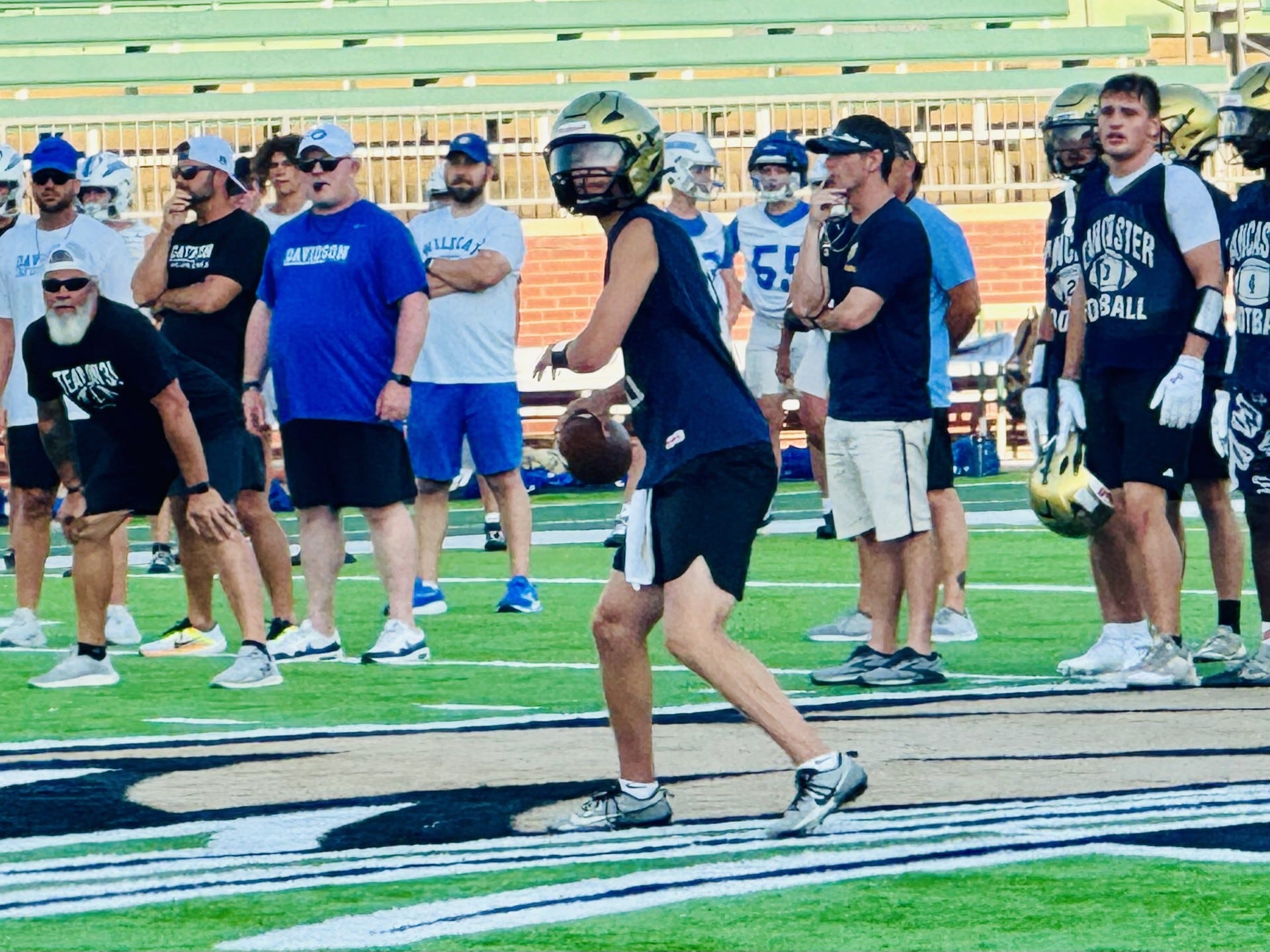

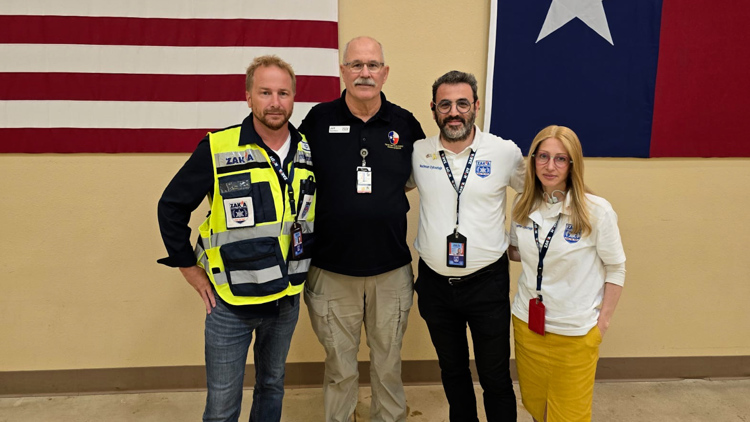
Leave a Reply